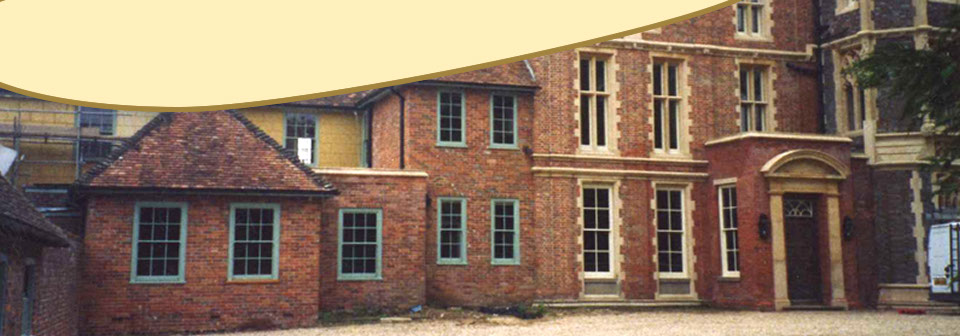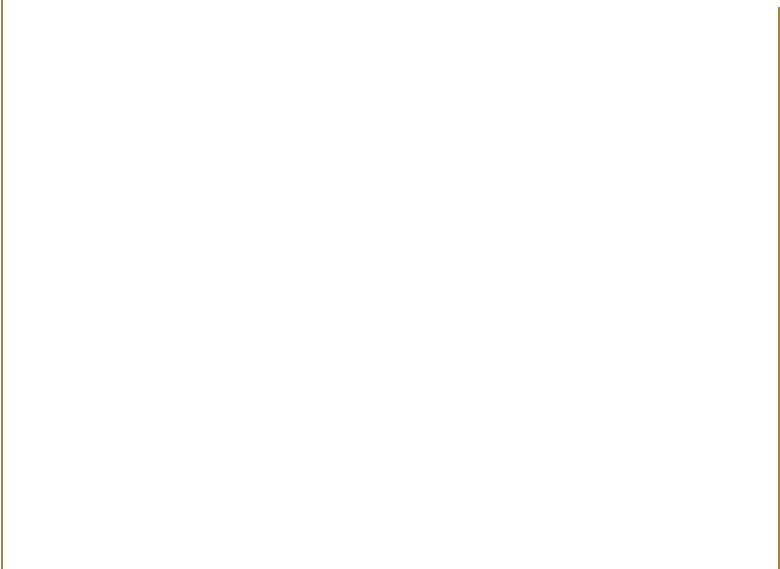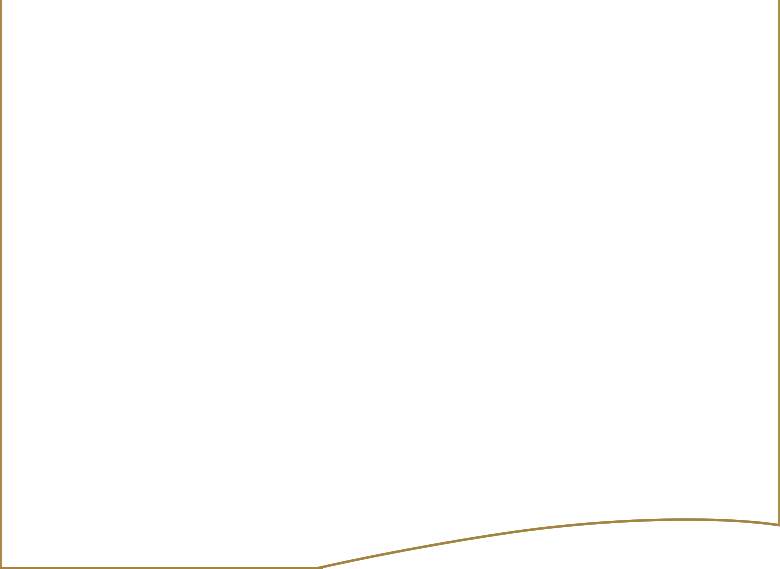

Traditional Plastering contractor
Aiming for Excellence


Skimming
In layman’s terms ‘skimming’ means the application of a new Gypsum based finish coat to either ceilings or walls. This is entry level plastering as is very effective for quickly making a new cosmetic surface prior to the application of paint or wall paper. This system is ideal to flatten old ceilings or to touch up walls prior to the application of paint or wallpaper. It is also used to give a surface finish on new plaster board walls and ceilings.
Please note that this really will only give you a new flat surface and is often used to hide a multitude of sins. This method does not add any structural strength in any shape or form; therefore it is very unlikely to fix any existing problem that you may have in either your ceiling or wall.
Plaster boarding
This is known in the trade as ‘Tacking’, or in layman’s terms fixing plaster board to walls or ceilings. In the case of walls the boards as applied using industry standard ‘drywall’ screws to wooden frame work, in the case of ceilings then they are applied by being screwed to the existing ceiling joists.
Dotting & dabbing
In layman’s terms this means applying plaster board sheets to brickwork, block work or any other stable surface using industry standard plaster board adhesive. Very common now for use in new extensions, conversions and renovations as an alternative to traditional 2 coat plastering. A wide range of plaster board products are now available for use in this system including standard, vapour shield, fire resistant and sound proofing boards.
Plastering (2 coat application)
This involves the use of 2 coats of modern Gypsum based plaster (known as lightweight plaster). This involves the application of a base coat followed by the application of a new finish coat. This system, along with ‘dot & dab’ has now become the most common form of plastering in new build projects, conversions and extensions. Simple and effective but an absolute no no in areas where there may be issues in relation to damp and moisture.
Sand/Cement Render
We use this product internally in areas that may require additional structural strength, such as kitchens, prior to the application of a Gypsum based finish coat. When used in this way this product is far superior as a base coat than any of the modern ‘light weight’ base coat plasters such as Thistle Bonding or Thistle Hardwall. This product can also be used externally and is generally ‘trowelled’ ‘sponged’ or ‘rubbed’ on completion in order to give various different surface finishes. This product is ideal for such things as garden walls, brick or block elevations and even the entire outside surface of your property.
Although there are limits as to what can be achieved, we can alter the colour of this product via the use of dyes.
Water proof Render
This is the same as standard sand/cement based render, with the addition of a water proofing agent. Ideal for use in areas below ground level such as cellars, showers, bathrooms, splash rooms and swimming pools. It is also a powerful tool in the control of damp problems, but must be used wisely otherwise you may find that you cure one problem only to cause another serious issue elsewhere. Please note that this type of work requires a 2 coat application.
Traditional Lime Plaster
Moving in to what has now become a specialist field this product is available in a wide range of permutations, critically dependant upon the surface to which it is to be applied. We have a great deal of experience in this field using both Hydrated and Hydraulic lime both internally and externally. We are equally at ease with feebly, moderately or eminently Hydraulic lime, with or without the addition of traditional horse hair or even the more modern polypropylene fibres that are now becoming more widely available. We are also at ease using both traditional chestnut or oak laths, either hand cut or sawn, dependant on your requirements.
Damp Course Injecting
This involves drilling holes at a predetermined height, then injecting a silicone based substance into the holes under pressure. After approximately 2-6 weeks this then permeates the surrounding substance thus forming an effective damp course at the required level. This is generally used during the restoration or renovation of older properties where there may not be a suitable damp course present. It can also be used in conjunction with water proof render to aid in the control and cure of damp problems on most other types of property.
Floor screeding
We also provide a floor screeding service, or in layman’s terms floor ‘levelling’ via the use of a sand/cement based screed. This is usually applied at a depth of between 40mm – 65mm and can be used in conjunction with insulation and under floor heating if required. This is also available now as a ‘fibrescreed’ (up to 40% stronger) for use in areas of particularly heavy traffic.
Stone floors/floor tiles
We are able to offer a floor laying service involving various surface finishes including slate, stone, ceramic and patio slabs, although we generally only provide this service as part of a package when used in conjunction with at least one of our other services
Tyrolean
This is an external textured finish that is projected onto a sand / cement based backing coat. If projected correctly the end result can be varied between a light stipple (resembling internal Artex) to a much courser roughcast look. It is available in various colours and looks stunning when applied to the outside of properties, summer houses, garages or even single elevations (walls). The big advantage of this product is that it comes in a range of colours, thus eliminating the need for painting, which in turn results in a drastic saving on future maintenance costs upon completion
All work Fully Insured, Reliable Friendly Service - No Job Too Small, Insurance Work Welcome
Contact our experienced professional team today and let our unique and personal service modify your walls!

© Period Plastering 2020